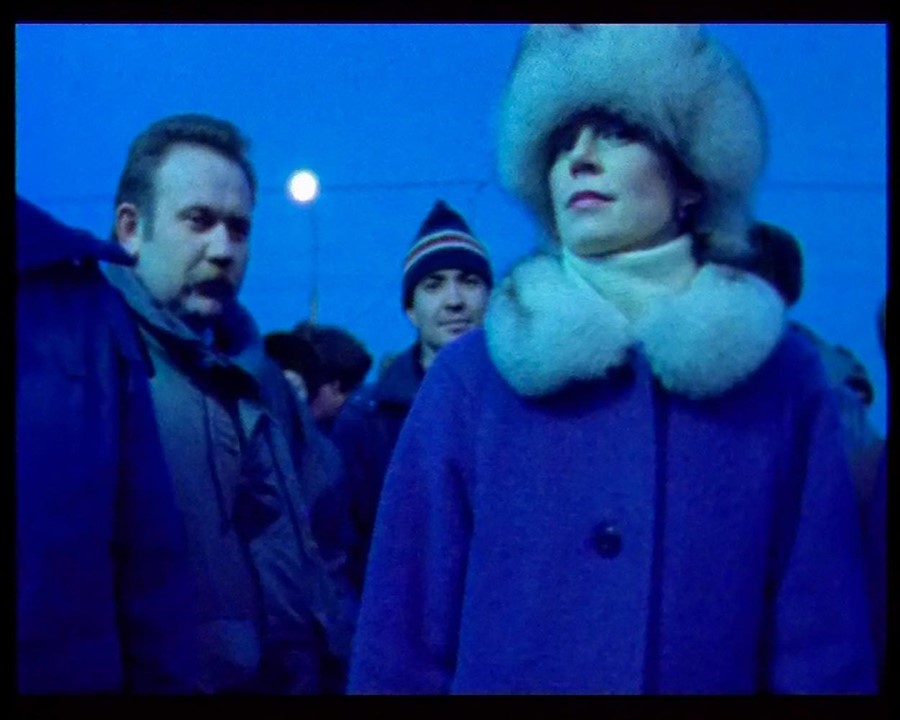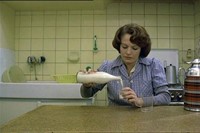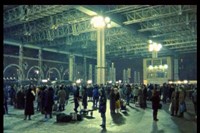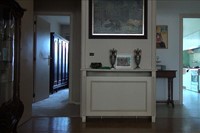Just weeks after the Belgian filmmaker’s tragic death, a London exhibition celebrates her powerful and poignant oeuvre
Who? The late Belgian filmmaker Chantal Akerman often said that seeing Jean-Luc Godard's Pierrot le Fou as a teenager fuelled her decision to become a director. Yet her visual style and narrative concerns were incubated much earlier, in a cosy childhood in post-war Brussels haunted by unspoken traumas. Her beloved mother Nelly was a Holocaust survivor who had lost both parents in Auschwitz, an experience she was unable to speak of to her precocious daughter. Akerman later said that her mother's anxiety meant that she spent much of her childhood "en retrait", alone at the window and looking out. The dichotomy between interior and exterior, and the ever-present possibility of an explosive disruption in the home – alternately a safe haven and a jail – is a hallmark of Akerman's work. Her very first short, Saute Ma Ville, made in 1968 when she was just 18, is a frenzied portrait of a young woman engaged in a slapstick kind of domesticity, throwing around utensils and water, before taping up the windows and blowing herself up.Though she travelled constantly in her lifetime, so much of Akerman's seminal work is rooted in intimate, interior spaces: from the extraordinary Jeanne Dielman, 23 Quai de Commerce, 1080 Bruxelles (1975), with its painstaking domestic rituals hypnotically performed by the immaculately coiffed Delphine Seyrig, right through to No Home Movie, Akerman's last completed film, which was shot almost entirely in her mother Nelly's apartment.
What? Akerman's shocking and untimely death this October, at the age of 65, prompted a groundswell of tributes from filmmakers, critics and fans. Over the last two years, she has been the subject of a film retrospective at London's ICA, curated by the filmmakers Joanna Hogg and Adam Roberts, which culminated with the recent screening of No Home Movie and the opening of a major exhibition of her installation work at the cavernous Ambika P3 gallery near Baker Street. The darkened space, showing work that has rarely or never before been seen in the UK, is filled with echoes from her career (Akerman was heavily involved in the 18-month production of the show). It begins with a looped scene from her 1971 film Un enfant aimé - ou je joue à être une femme mariée, showing a naked woman with neat chignon scrutinising herself in a mirror. Downstairs are later works, shot both at home and far away. We see her Paris apartment and its environs, abstracted across several projections on three walls; a single-channel vision of Shanghai as it slips from dusk to neon-filled night; a multi-screen reordering of scenes from her 1993 documentary From the East, a journey through the territories and languages of Eastern Europe; and an immersive seven-channel video projection showing various desert landscapes, filmed at speed from moving vehicles with the sounds of conflict echoing all around.
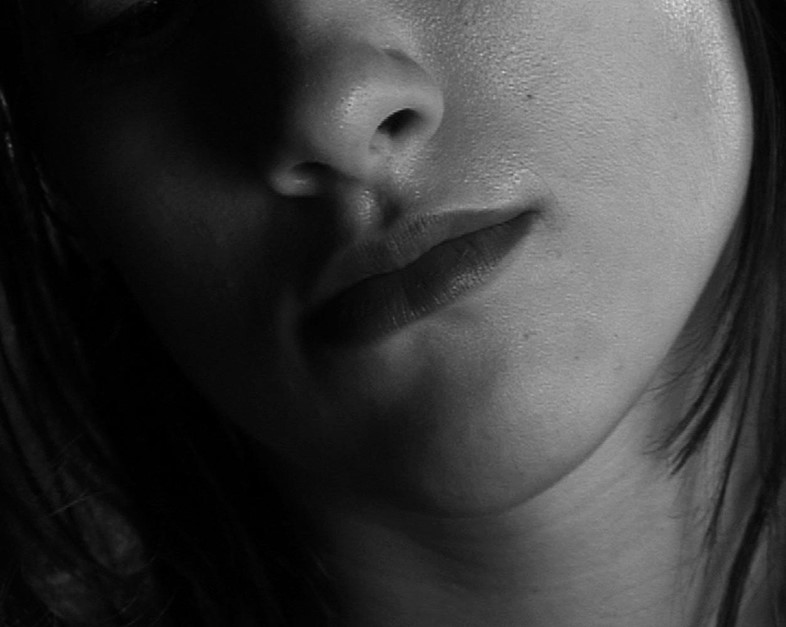
Why? Akerman's skills as a storyteller, her emotional honesty, limpid intellect and ability to migrate from one idea to another, and one artistic form to another, makes hers an essential cinematic voice. Though she was hailed as a pioneer of feminist and lesbian filmmaking, Akerman avoided labels and categorisations, just as her works avoid easy summation: famously direct in her speech, she continues to speak to us through them. No Home Movie, a portrait of her ailing mother, is an intensely moving coda to an extraordinary oeuvre, sprinkled throughout with moments of humour as well as pathos. "Everyone tries to categorise Chantal’s work – despite her own resistance to being labelled," says Joanna Hogg. "Her work unsettles us, and when something unsettles us we want to define it so we’re not threatened any more. There is depth and power in her work and we must immerse ourselves in it and not be afraid."
Chantal Ackerman: NOW runs until December 6 2015 at Ambika P3, London.
